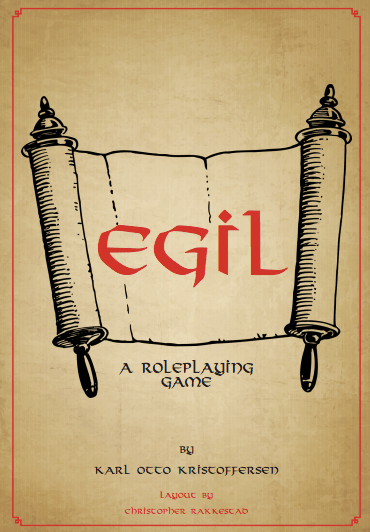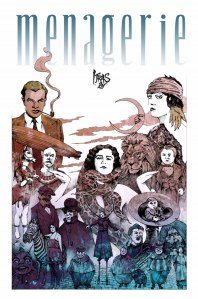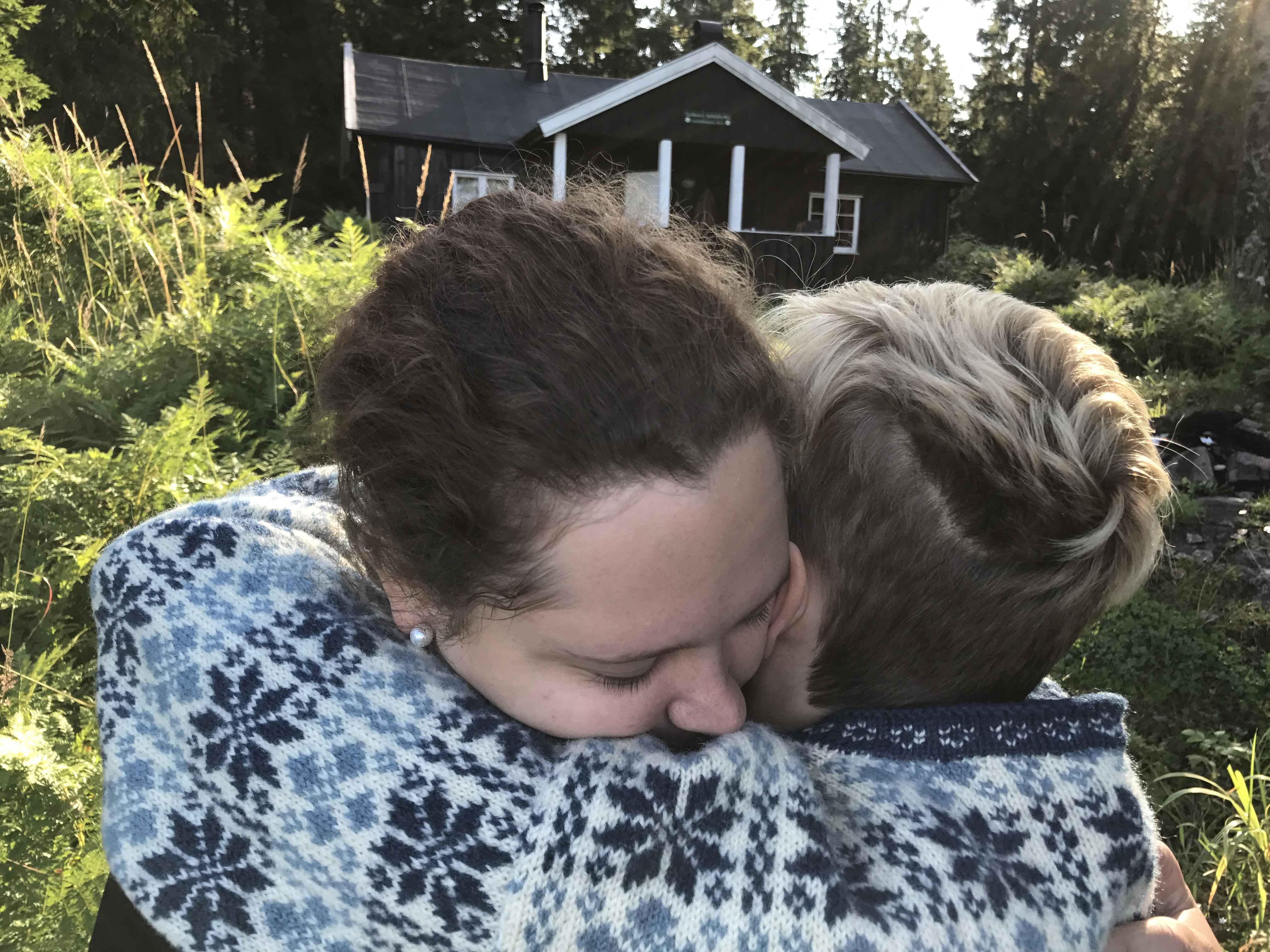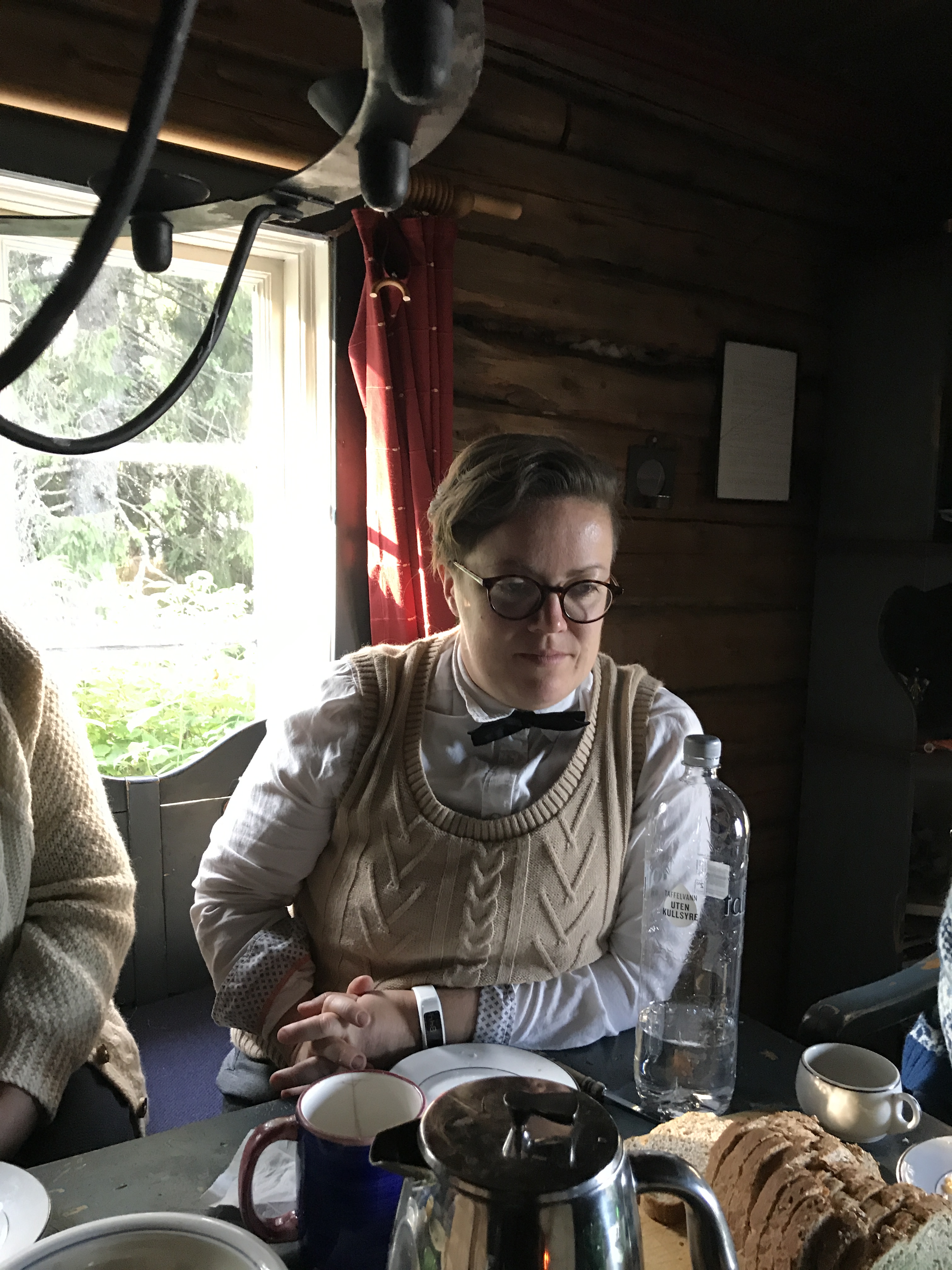A ritual to build a secret room in our mind’s eye.
For five, including you.
You, having read this, will lead the ritual. It is your responsibility to be the guide. Read this text a couple of times before you begin.
You need a candle. Perhaps some incense and music.
We always build secret rooms when we play roleplaying games. The intent of this ritual is to become more aware of how we conjure such illusions. How can we simultaneously experience something which doesn’t exist?
You are all seated around a table. You explain:
Together, we will envision a room. It’s a secret room inside ourselves. But we can all see it. We see the room with our eyes closed. We listen to each other, without interrupting the other participants.
If you happen to interrupt someone, it’s ok. We will pause briefly, before continuing. (You may have to remind the participants of this rule as you go).
The other rule is listening to what others add, being willing to let the inner vision change as we speak.
Everyone can describe anything in the room, but each player has a special domain (point at participants, or distribute notes with the words on): SOUNDS, SMELLS, COLORS, TOUCH.
Now close your eyes. We will rehearse listening to each other by counting downwards from ten to zero. Someone says “ten”, someone else says “nine”, someone says “eight”. If anyone speaks at the same time, we’ll start over. When we have counted from ten to zero without interruptions, we begin. Then we’ll be in the Secret Room. You answer my questions, and add your own details about the room.
(You light the candle).
(You count down from ten to zero).
Examples of things you can say and questions you can ask. Remember to pause.
(It’s good to wait awhile before saying anything. It’s good if one of the others start on their own accord).
We’re in the Secret Room. (breathe)
What sounds are there? (wait)
What does it smell like? (wait)
Is it light, or dark? (wait)
What objects are there? (wait)
(wait, don’t speak)
Can you see them? (wait)
Why is the room secret? (wait)
What has happened here in the past? (wait)
Are there still traces? (wait)
(breathe, don’t speak)
Something hangs on one of the walls, what is it? (wait)
What colors does it have? (wait)
Who is in the room? (wait)
Why is the room secret? (wait. You may start knocking slowly on the table while repeating the question)
Tips:
- Take your time. You can let a whole minute pass without speaking.
- Support initiatives.
- It’s preferable to let the participants take the lead. It’s great if they start describing without your prompts.
- Several statements in a row may be spoken without you saying anything. This is good.
- If necessary, you can remind the others not to interrupt each other.
- Breathe slowly.
- Speak softly, but clearly.
- Relax. Take your time.
- Listen carefully to what’s being said. You’ll sometimes want to tie statements together.
- You may also keep your eyes closed.
- Ask follow-up questions. It’s better if another participant answers the follow-up.
- Build on what has been said. Bring it back to the conversation.
- Remind the participants that discussions are unwanted.
- Remind them to listen to each other, not interrupting.
- The ritual is over when it feels right. You will know.
- (Breathe)






 Sometimes
Sometimes
 Play was fed and generated by the letters, giving certain instructions. The non-present Waldorf NPC was a successful con-man, and a bit of a dick. He wanted my character to write his wife and admit the Christian small-time publishing house he ran made most of their money from erotic literature and forgery, for instance. Why would the characters demean themselves like this? In the hope of securing a part of Waldorf’s significant riches (and in my character’s case: perhaps avoid having livelihood and marriage destroyed).
Play was fed and generated by the letters, giving certain instructions. The non-present Waldorf NPC was a successful con-man, and a bit of a dick. He wanted my character to write his wife and admit the Christian small-time publishing house he ran made most of their money from erotic literature and forgery, for instance. Why would the characters demean themselves like this? In the hope of securing a part of Waldorf’s significant riches (and in my character’s case: perhaps avoid having livelihood and marriage destroyed). For me, the larp really hit home. Was an energizer, rather than draining me. Helped me enter that fizzy simulated-hypomania fugue state that lets me connect, free-associate, take charge, hang back all in a natural flow I get a bit high on. A kick, pure and simple!
For me, the larp really hit home. Was an energizer, rather than draining me. Helped me enter that fizzy simulated-hypomania fugue state that lets me connect, free-associate, take charge, hang back all in a natural flow I get a bit high on. A kick, pure and simple!